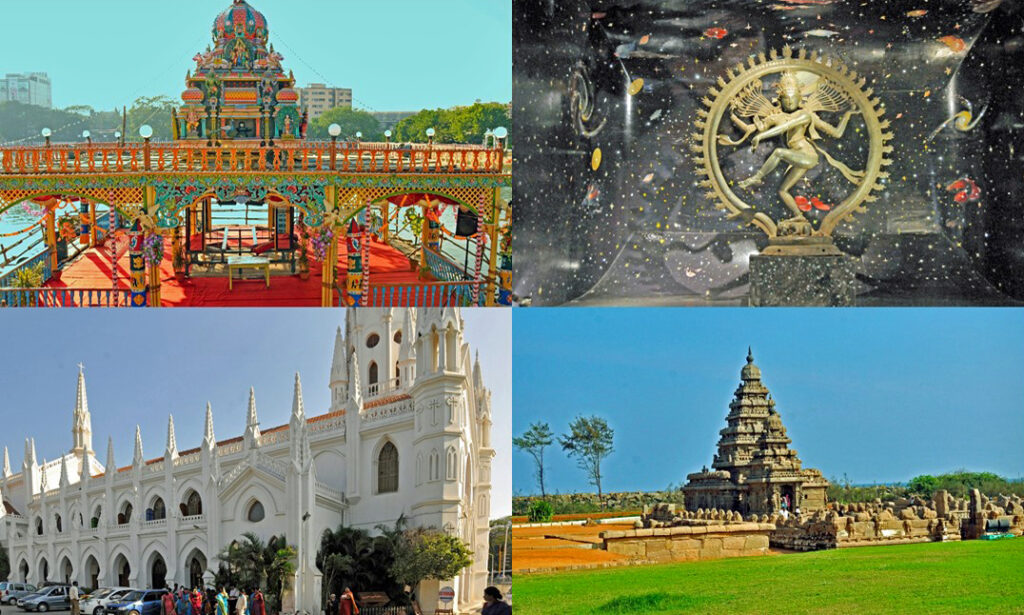Today, we are visiting Chennai, India, with an average high temperature in February of 87 degrees and essentially no rain.
Chennai, known as Madras before 1996, lies along the Bay of Bengal on the southeastern coast of India. The King of England chartered the city in 1688, making it the world’s oldest incorporated city (after London), but the area has been at the center of advanced civilizations for at least three thousand years. The magnificent Kapaleshvara Temple complex, still devoted to the worship of Shiva, an important Hindu deity, goes back to the period when the area was ruled by the Pallava dynasty. The Shore Temple, built by the Pallavas about 40 miles south of Chennai in 725 A.D., anchors a UNESCO World Heritage site that also includes five enormous shrines seventh century artisans sculpted from a single granite outcropping. The Chennai Government Museum, with 46 galleries spread among six buildings, displays thousands of artifacts left by south India civilizations. The museum includes the largest collection of bronze renderings of Hindu deities in Asia, including 500 from about 1000 B.C. and an extraordinary collection created during the period from 300 B.C. to about 1300 A.D. when the Chola Dynasty ruled the areas around Chennai. The museum also includes the largest collection of Roman antiquities outside Europe. When the Portuguese arrived in the area in 1522, they brought with them the claim that Thomas, the disciple of Jesus, had been killed in Chennai after coming there to preach in 52 A.D. The imposing Basilica of St. Thomas is built over what is claimed to be his grave.
Chennai is ranked as the safest city in India. Because of its cultural history, Chennai is also the most popular city in India for foreign visitors. It is a great place to introduce yourself to the magic that is India.
